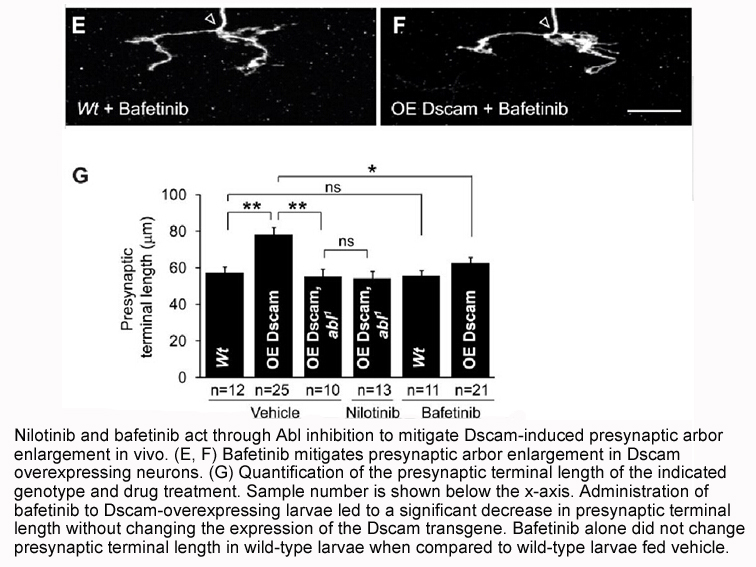Archives
A substantial body of evidence linking inflammation to the
A substantial body of evidence linking inflammation to the pathophysiology of a broad spectrum of cardiovascular diseases, including coronary artery disease, diabetes mellitus, and hypertension, has been developed [8–11]. Similarly, the hypothesis that inflammatory processes are involved in the pathogenesis of AF has attracted renewed attention. In previous studies, other researchers and we demonstrated the recruitment of immune sphingosine across the atrial endocardium in patients with AF [12,13]; however, the degree of infiltration of immune cells widely varied between patients.
Materials and methods
Results
Table 1 shows the characteristics of the 27 patients in the present study from whom left atrial appendage specimens were obtained. Of the 27 patients, 17 were men, and the mean patient age was 59.9±10.1 years. The mean AF duration was 82.4±79.9 months. Cardiac surgeries were performed for mitral regurgitation with/without mitral stenosis in 19 patients, aortic regurgitation with/without stenosis in 3 patients, combined valvular diseases in 3 patients, and atrial septal defect in 2 patients. The ejection fraction as assessed by using echocardiography ranged from 50% to 80% (mean±SD, 63.4±9.2%), and the LAD ranged from 28 to 80mm (mean±SD, 55.2±11.0mm). Before the operations, all the patients received warfarin for anticoagulation. Loop diuretics were prescribed in 26 patients (96%), renin-angiotensin system blockers in 17 (63%), and beta-blockers in 16 (59%). Just before the operation, 6 patients with a history of paroxysmal AF were in sinus rhythm, and the remaining 21 patients were with persistent AF.
The extent of interstitial fibrosis, including subendocardial and perivascular fibroses, determined on Masson-trichrome staining, varied widely in these patients. The interstitial fibrotic area increased progressively according to the increments of LAD (Fig. 1A). A statistically significant positive correlation was observed between LAD and the % area of interstitial fibrosis (Fig. 1B, r2=0.44, p<0.01).
As observed in our previous study [12], immunohistochemical analysis with the macrophage-specific CD68 antibody revealed the infiltration of inflammatory immune cells, with dominant distribution in the subendocardium (Fig. 2A). The degree of infiltration varied among patients; however, when we aligned the images from the patients with smaller to larger LADs, the magnitude of the macrophage infiltration showed a parallel increase (Fig. 2A). The CD68 immunostaining area increased according to the increments of LAD, and a significant positive correlation between LAD and the CD68 immunostaining area was detected (Fig. 2B, r2=0.58, p<0.01). CD3-positive T cells were observed to infiltrate into the atrium, although to a lesser extent than macrophages (Fig. 3A). A significant positive correlation between the LAD and the CD3 immunostaining area was also detected (Fig. 3B, r2=0.49, p<0.01).
Discussion
The major findings of the present study were that the extent of  interstitial fibrosis increased as LA enlarged (as shown in previous studies [12–14]) and that the infiltration of immune cells, including macrophages and T cells, also increased in concert with LA enlargement.
Proinflammatory macrophages and T cells are known to contribute substantially to the progression of various cardiovascular diseases [8–11]. They include atherosclerosis, myocardial infarction, congestive heart failure, and recently, AF [12,13]. In atherosclerosis, activated macrophages are known to transmigrate across the endothelium and make critical contributions to lesion form
interstitial fibrosis increased as LA enlarged (as shown in previous studies [12–14]) and that the infiltration of immune cells, including macrophages and T cells, also increased in concert with LA enlargement.
Proinflammatory macrophages and T cells are known to contribute substantially to the progression of various cardiovascular diseases [8–11]. They include atherosclerosis, myocardial infarction, congestive heart failure, and recently, AF [12,13]. In atherosclerosis, activated macrophages are known to transmigrate across the endothelium and make critical contributions to lesion form ation by secreting a variety of proinflammatory cytokines [8]. However, the mechanism by which the inflammatory cells participate chronically in the progression of other cardiac diseases such as AF remains unclear. Descriptive results from our previous study [12] demonstrated the recruitment of immune cells across the endocardium of the LA in patients with AF, suggesting the existence of chronic inflammation in the atrium. Despite these results, the cause-and-effect relationships in AF remain uncertain.
ation by secreting a variety of proinflammatory cytokines [8]. However, the mechanism by which the inflammatory cells participate chronically in the progression of other cardiac diseases such as AF remains unclear. Descriptive results from our previous study [12] demonstrated the recruitment of immune cells across the endocardium of the LA in patients with AF, suggesting the existence of chronic inflammation in the atrium. Despite these results, the cause-and-effect relationships in AF remain uncertain.